The Mk18 Grenade Launcher: A Stopgap Solution for a River War

MK18 Mod 0 in Hanoi, Vietnam. By Lynndon Schooler. Conceived at the dawn of the 40x46 mm grenade launcher era, the Mk18 Mod 0 expanded the capability of the single-shot M79 and predated the fully automatic, belt-fed launchers that would dominate by the late Vietnam War. Among the most unusual crew-served weapons adopted by the US during that conflict, the Mk18 was developed by Honeywell’s Ordnance Division beginning in 1962 in response to an urgent US Navy request for a rapid-fire grenade launcher to provide close support for US Navy riverine crafts. It was designed to saturate targets with low-velocity 40x46 mm grenades, powered by nothing more complex than a hand-cranked mechanism.
The Gun
In Vietnam, the Mk18 was fielded mainly by the US Navy, mounted aboard Patrol Craft Fast Swift Boats, Patrol Boat, River (PBRs), and other small craft in the Mekong Delta. It could unleash a rapid stream of high-explosive grenades into dense foliage, along riverbanks, or against ambush sites, delivering far more firepower than a M79 single-shot launcher ever could.
What made the Mk18 distinctive was its mechanism. Instead of a reciprocating bolt, Honeywell employed a split-breech system with two counter-rotating rotors. Each carried semi-circular “half chambers”; as the operator cranked, the halves aligned to form a full chamber behind the next cartridge, then rotated past fixed positions to load, fire, and empty. The system required no separate extraction or ejection; the spent casings simply stayed in the fabric belt as the rotors turned. Clever, rugged, and surprisingly quick, the Mk18 could deliver well over a hundred rounds per minute in trained hands, limited only by how fast the crank could be spun and how smoothly the weapon could be aimed. A simple control knob at the rear offered SAFE, LOAD, and FIRE positions.
Chambered for the same 40x46mm round as the M79, the launcher took advantage of that cartridge’s low pressure. Low chamber pressures ensured reliable sealing, keeping the gun compact and relatively light for a crew-served system. Belts are a reusable, mylar-reinforced Dacron fabric fed from mounted ammunition boxes, typically 24 or 48 rounds. Mounted on a standard tripod, vehicle pintle, or naval pedestal, the Mk18 could send high-explosive fragmentation grenades across riverbanks, tree lines, or ambush points with a speed single-shot weapons could not match. Its effective range was within 300 meters.
Operationally, the Mk18 found its home with the Brown Water Navy. Mounted on Armored Troop Carriers and other Mobile Riverine Force boats, it was often paired with a .50-caliber M2HB on pedestal mounts. This combination allowed crews to lay down both heavy machine-gun fire and a wall of grenades against ambushers concealed in mangroves or nipa palms. Crews could “sweep” a belt across the shoreline so that dozens of grenades impacted almost simultaneously, a devastating tactic for breaking contact. Though not as compact or light as the M79, and later the Mk148, nor as versatile as the automatics that followed, the Mk18 earned a reputation on the boats for its simplicity and the psychological effect of raining down HE frag.
Production and fielding followed the Navy’s growing brown-water commitment. Design work began in 1962, and about 1,200 launchers were produced between 1965 and 1968, enough to equip riverine craft and selected defensive sites. Its official designation “Gun, Rapid Fire, 40 mm, Mark 18, Mod 0” reflected its role as a crew-served projector for sustained bursts of grenade fire. The rate of fire varied by operator endurance, typically ranging from 100 to 250 rounds per minute in short bursts.
Conclusion
If the Mk18 was effective, why did it fade? The answer lies in the same reason it existed. The Navy wanted greater volumes of high-explosive fire from compact mounts. Manual power offered advantages (no gas system to foul, no complex timing), but it also made continuous fire physically demanding and inconsistent. Within a few years, the Navy turned to self-powered systems, including the Mk20 Mod 0 automatic 40x46mm machine gun, and ultimately the high velocity 40x53mm Mk19 automatic grenade launcher, which became standard across all branches.
These automatic systems provided true sustained cyclic rates and easier integration with vehicles and remote mounts, replacing the Mk18 during the war. Thus, the Mk18 stands as an evolutionary stepping stone, from the single-shot M79 to the belt-fed Mk19, which remains in service with the US and allied nations.
Technically, the Mk18’s strengths were also its constraints. The split-breech, counter-rotor design was ingenious but explicitly tailored to the low-velocity 40x46mm round. It could not accommodate the higher-pressure 40x53mm cartridges initially developed for aircraft and later automatics without a complete redesign. It solved a pressing problem for the Navy, delivering an on-demand curtain of grenades with a mechanism simple enough to field rapidly. In that sense, the Mk18 defined the operational value of high-volume grenade launchers and pointed directly toward the following automatic systems. Despite its strengths, it was always a stopgap, limited by its manual operation, short effective range, and the physical effort needed to sustain fire. Yet for its time and place, the Mk18 was exactly what the Navy needed, a hand-cranked grenade machine gun that filled the gap until true automatics arrived.

Lynndon Schooler is an open-source weapons intelligence professional with a background as an infantryman in the US Army. His experience includes working as a gunsmith and production manager in firearm manufacturing, as well as serving as an armorer, consultant, and instructor in nonstandard weapons. His articles have been published in Small Arms Review and the Small Arms Defence Journal. https://www.instagram.com/lynndons
More by Lynndon Schooler






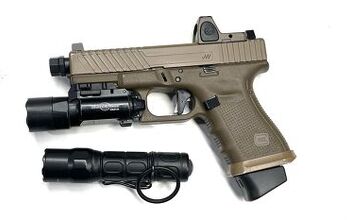

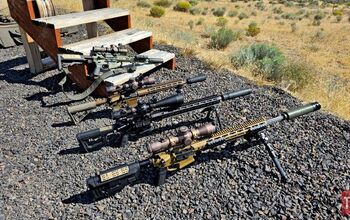
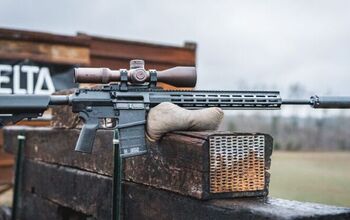

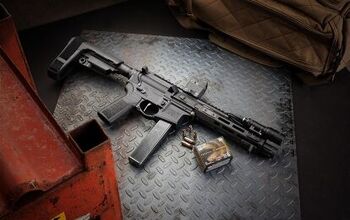
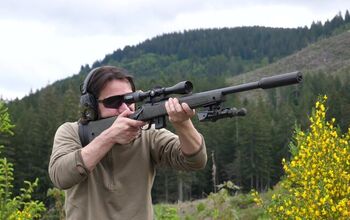
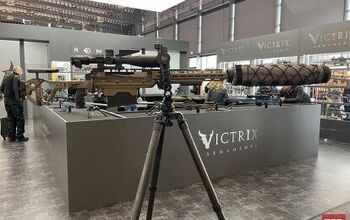
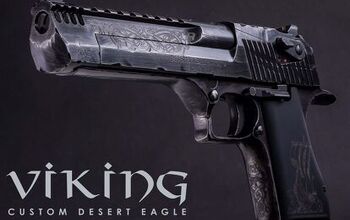

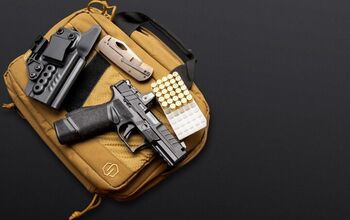

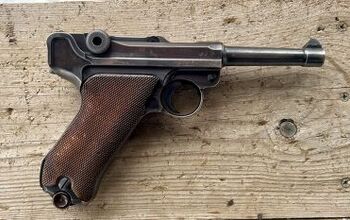
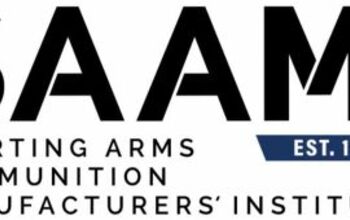
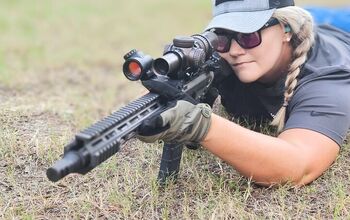
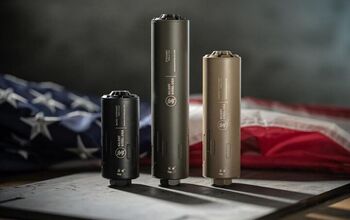
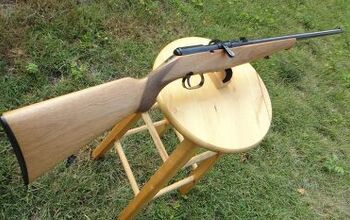

Comments
Join the conversation
I will take three in 37mm!